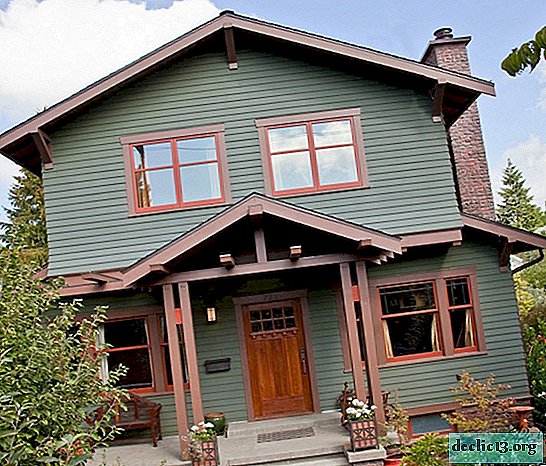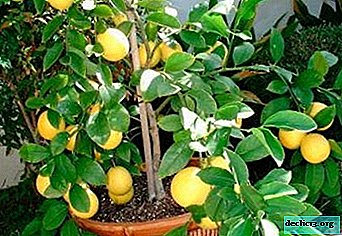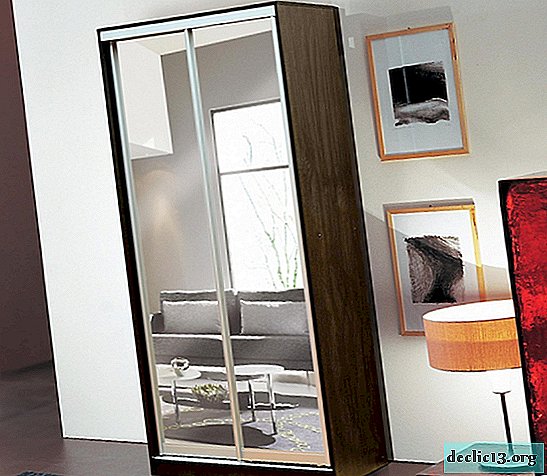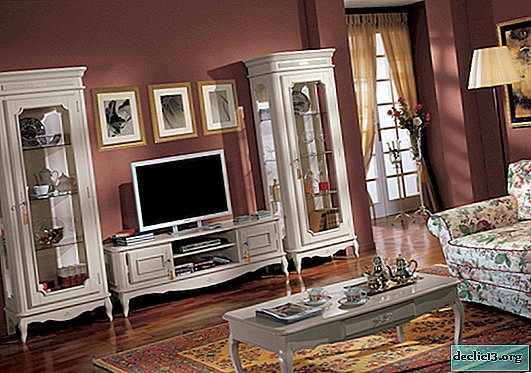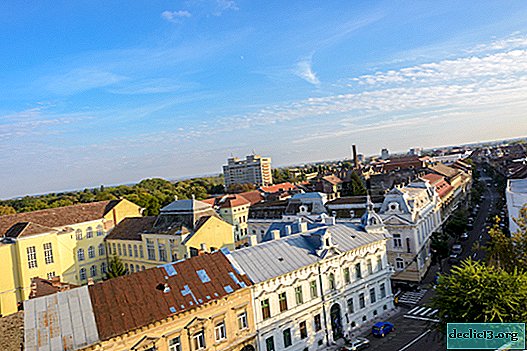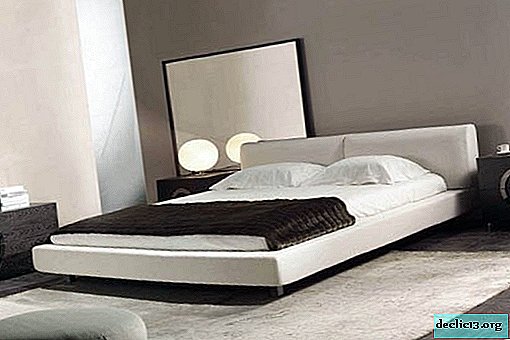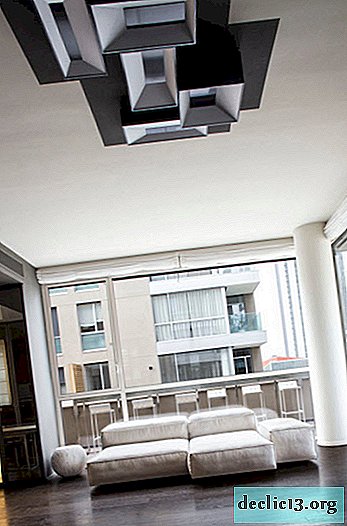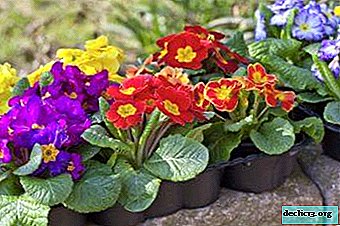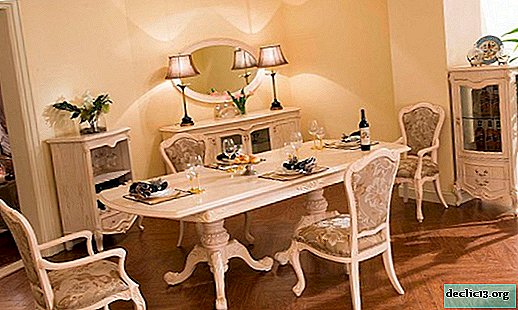Textured Venetian plaster
In decorating the walls, a lot of techniques and materials are used, among which the most spectacular is Venetian plaster. It is marble flour in its composition that creates a magnificent picture on the surface of the walls.
They knew about the Venetian in Ancient Rome. At the present time, it has acquired slightly different features - different shades have appeared, methods of use have improved. Let's talk about this in more detail.




Structure
Venetian plaster consists of the remaining waste after processing marble or materials such as malachite, granite, quartz, etc. The substance of such plaster is different particle sizes, and the smaller they are, the smoother the surface will be.




In parallel with the raw materials, a special product is purchased for the finish and protective layer. As such, beeswax is most often used, cheaper analogues are also allowed. Beeswax coating will create an amazing gloss effect.

Technology
To get the expected effect, you need to competently approach the process. Marble plaster - a material quite expensive, which differs in some subtleties and nuances of use. In this case, the services of the master are not cheap, so many prefer to do the work on their own. But if everything is done according to the rules, then you can create a finish that cannot be distinguished from the work of a professional.




Tools and materials
To decorate the interior with Venetian stucco, you will need:
- primer, which includes quartz filler (to prepare the surface);
- water to set the solution;
- plaster mix;
- colors for creating different shades;
- fine-grained skin for grinding and grouting;
- paste-like or liquid wax to protect against dirt and dust, as well as to obtain a glossy effect;
- primer roller or putty knife;
- trowel for the distribution of the mixture;
- rubber spatula for wax;
- rags for wiping tools, floor, etc .;
- containers for liquids and mixtures.



Applying Venetian Plaster
Preparatory processes will depend on the type and composition of the panel. In the case of masonry, it must be pre-treated - leveled and sanded thoroughly. If you are planning to decorate a drywall construction, you can get by with just starting putty.

Make sure that the surface on which the marble base is laid is as smooth and even as possible, otherwise flaws will appear through the coating.
The next step is the primer. It must contain quartz. From a water and primer in a separate container, it is necessary to prepare a 20% solution, and then apply it to the wall with a roller or spatula. Let the surface dry thoroughly.

Next is the turn of the mixture itself. Dilute the mixture with water according to the proportions indicated on the package. To give the surface a shade just at this moment you need to add color. When choosing a color, remember that marble is a natural material, so give preference to more natural tones.

Application should be performed in 4 doses:
- The base must be solid and even, applied with a trowel or roller. The first coat should dry completely. This usually takes about 8 hours.
- The texture is applied with free strokes, then smoothed. This layer should also dry.
- The result depends on the quality of the final layer. At this stage, you need to be very careful. As you know, marble has stains and streaks. Therefore, to achieve the desired effect, use a solution of the same color, but different (preferably two) shades. His trowel is smeared on the surfaces. It’s important not to spoil the decor. The third layer should be applied with strokes or wavy movements, but not continuous. Wait until everything is dry (at least 24 hours). When there is not a single wet spot, sand all the flaws with an emery with fine fractions.
- The final stage is the application of wax, which will give the Venetian gloss. It is applied in a continuous layer with a rubber spatula, then rubbed with a woolen cloth. It is enough to do this once.

Features of Venetian plaster
Like any other material, Venetian plaster has its pros and cons. The disadvantages include a fairly high price and complexity in the process of performing work. But all this is offset by positive qualities:
- safety - this plaster has high environmental performance. Its composition is exclusively natural components, so the Venetian does not cause allergies and is not toxic;
- durability - the service life of the coating is more than 15 years. Over time, you can only update the wax layer;
- aesthetics - the magnificent effect that marble powder creates is beautiful in interior design. Due to its multilayered plaster manifests itself in a special way, ennobles any interior.








Venetian stucco in the interior
The Venetian, unlike the marble itself, can only be used for interior decoration. At the same time, such plaster can not be used in bathrooms and other rooms with high humidity.






Marble chips ennobles any interior; it looks great both in the living room, and in the hallway or bedroom. As for the style, it is very important that the decorative panel conceptually does not contradict the overall design. Such decoration can often be found not only in residential premises, but also in the design of hotels, offices, cafes.








When decorating the interior, Venetian plaster, in addition to wall decoration, designers like to use to decorate individual parts of the room - columns, cornices and others. It is desirable that an object with a similar coating get artificial or natural light to create the effect of a charming play of light. To appreciate the value of such a decor can only be seen all this beauty with your own eyes.





Venetian stucco in the photo
















